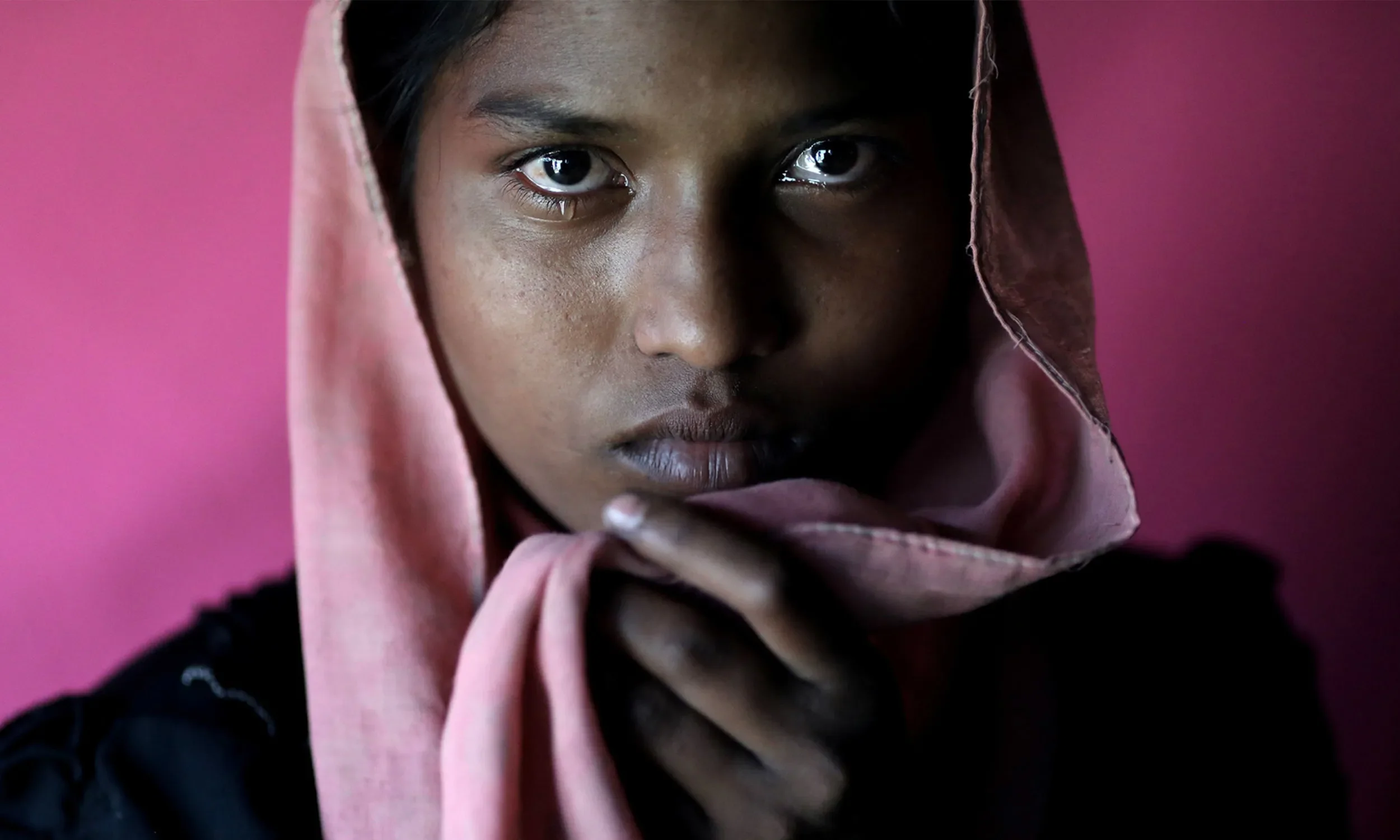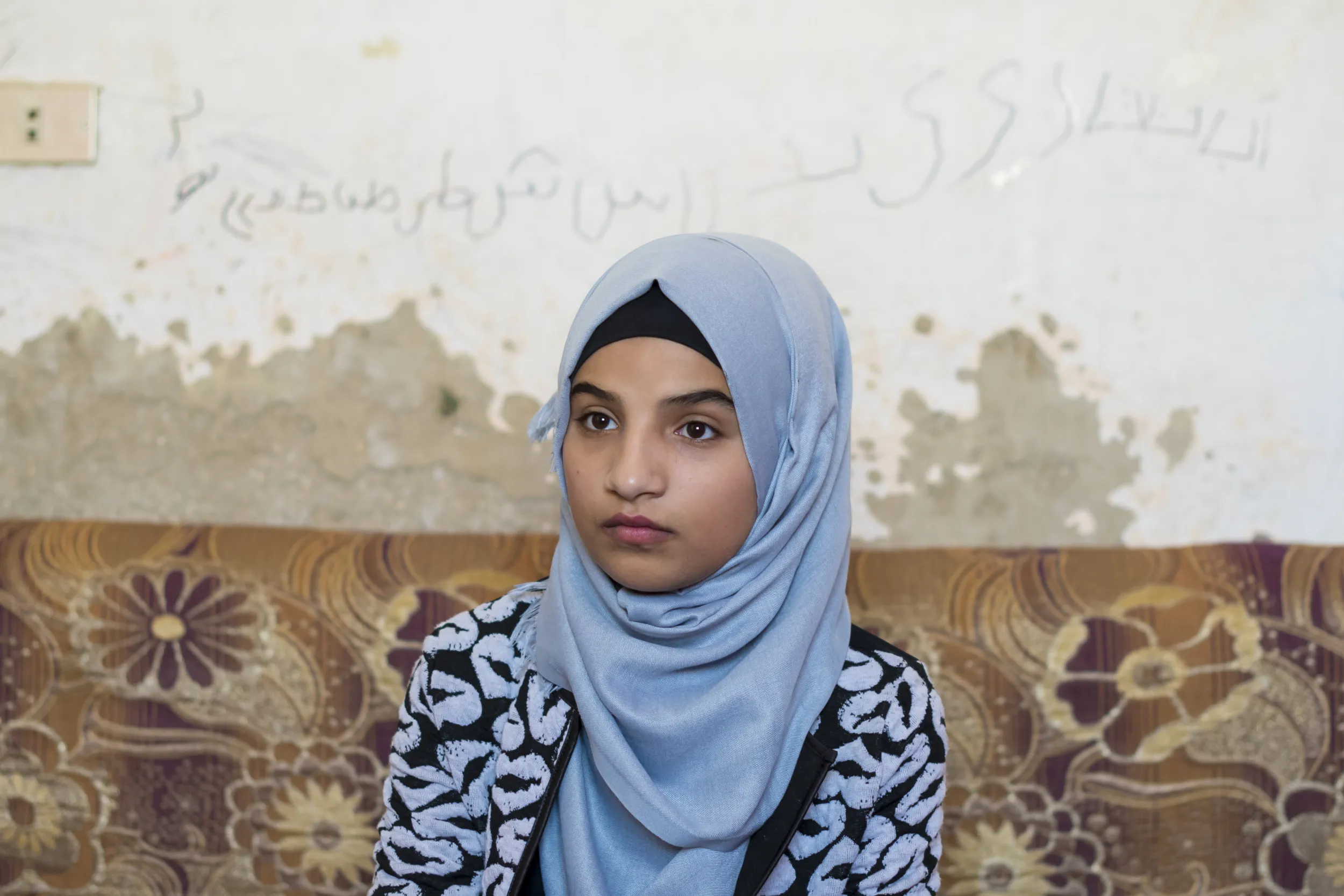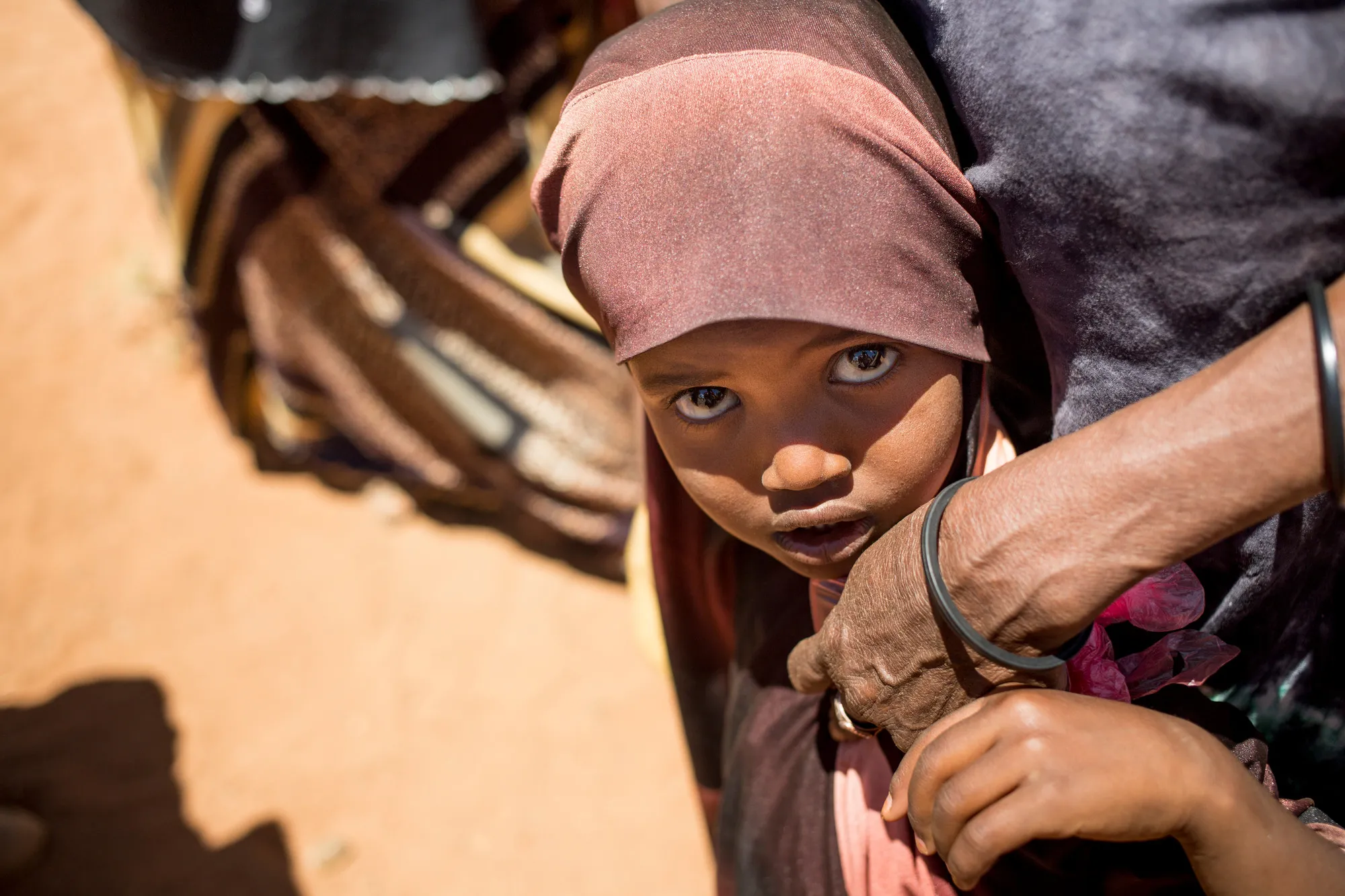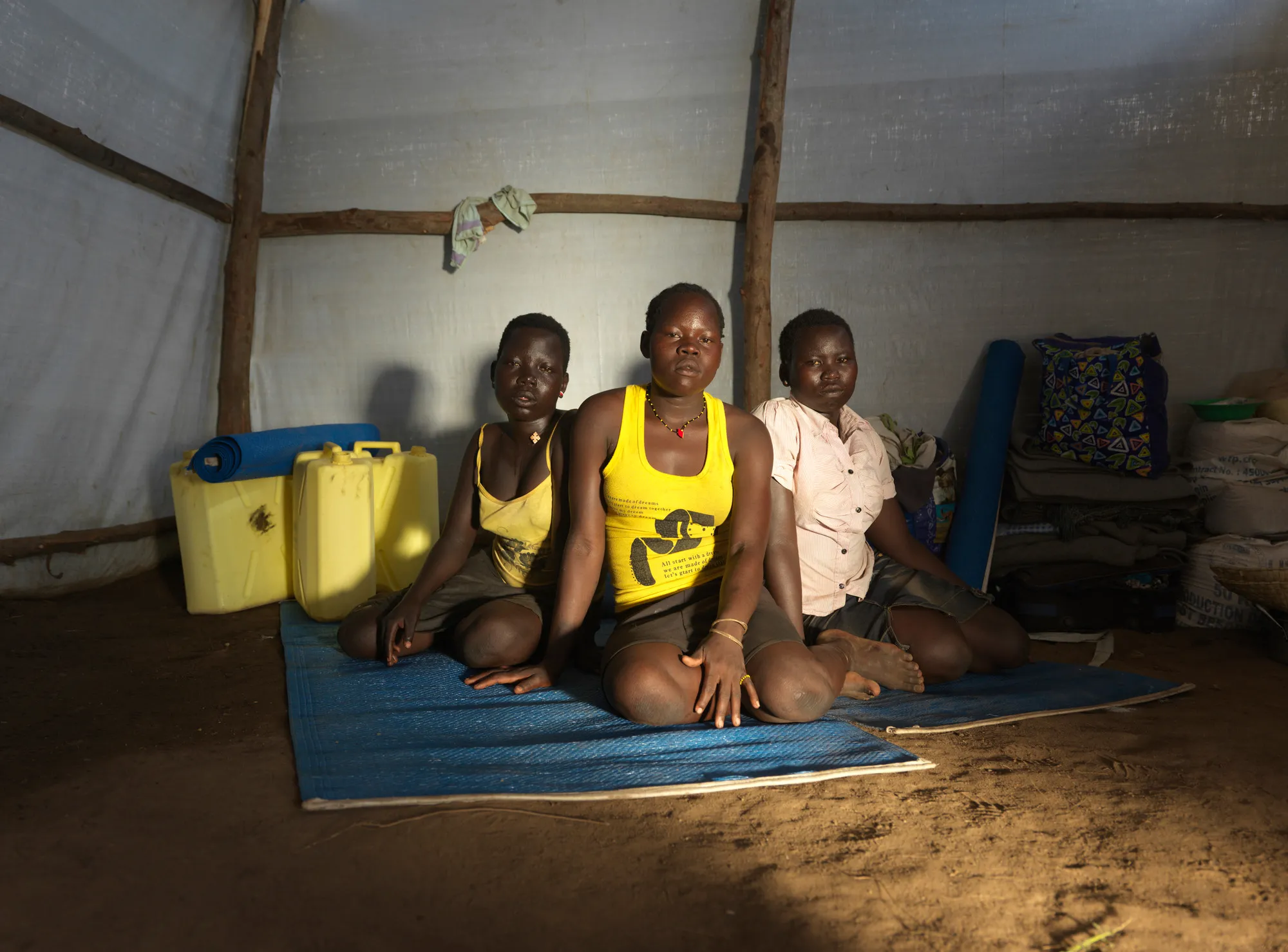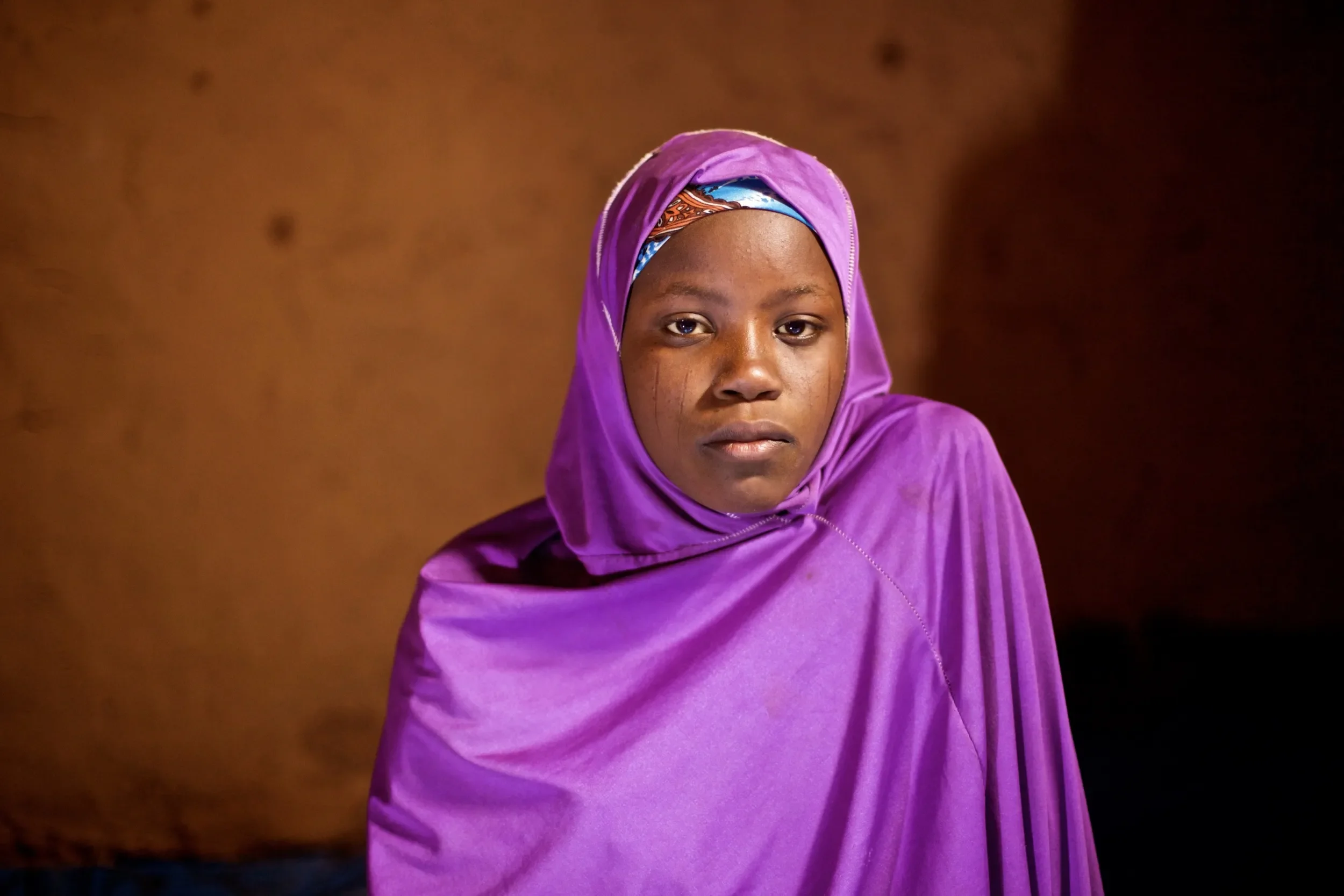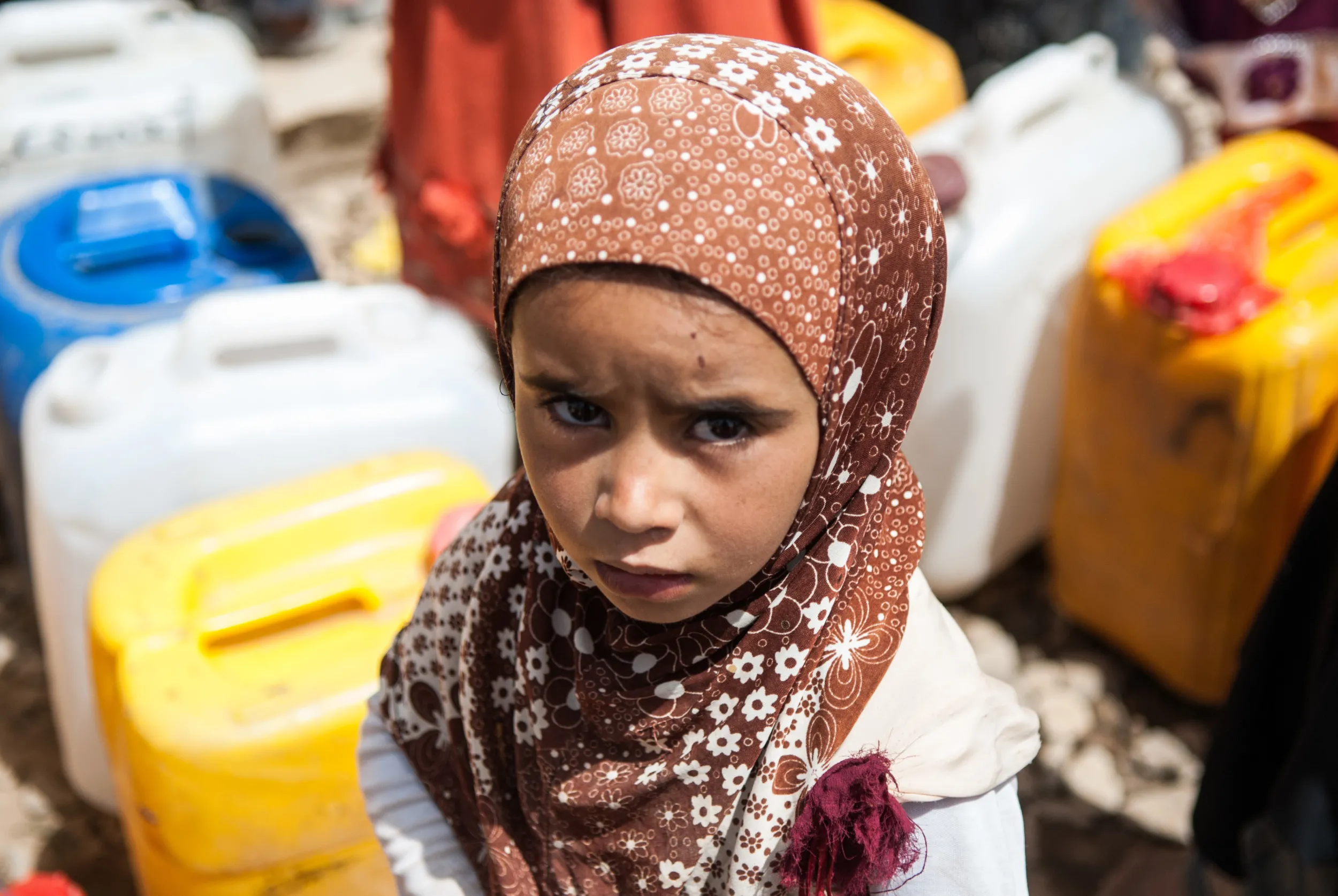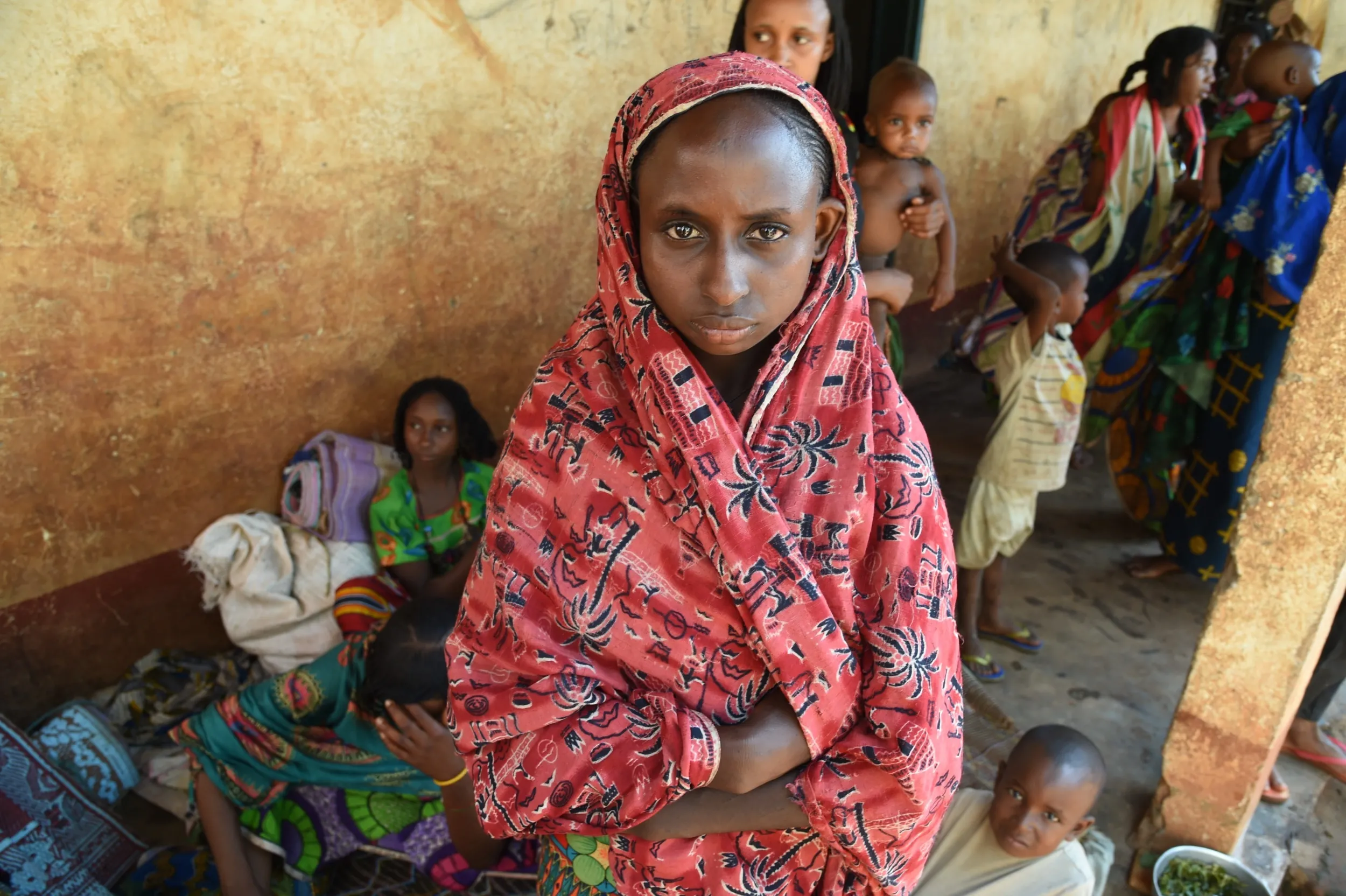About the Report
Refugees are uniquely vulnerable. But refugee girls doubly so. When extreme violence, hunger or climate drives them from their homes, they are the first to be trafficked for sex or child labor; the first to be exploited as tools of war; and the first to lose their childhoods. Meanwhile, they are the last to be fed, the last to be enrolled in school and, too often, the last to be valued.
MORE THAN 17 MILLION GIRLS HAVE BEEN DISPLACED AMID THE GLOBAL REFUGEE CRISIS
The United Nations created the first International Day of the Girl in 2012 to highlight challenges for girls globally and promote girls’ empowerment. The official theme for this Oct. 11 — empowering girls in crisis — comes amid an epidemic of human displacement that has forced 68.5 million people from their homes, including more than 17 million girls. So here we list the 13 worst refugee crises for girls that have mushroomed since the UN created that special day for girls 6 years ago. The crises are ranked in order of total girls displaced, both across national borders as refugees and within their countries as “internally displaced people,” or IDPs.

